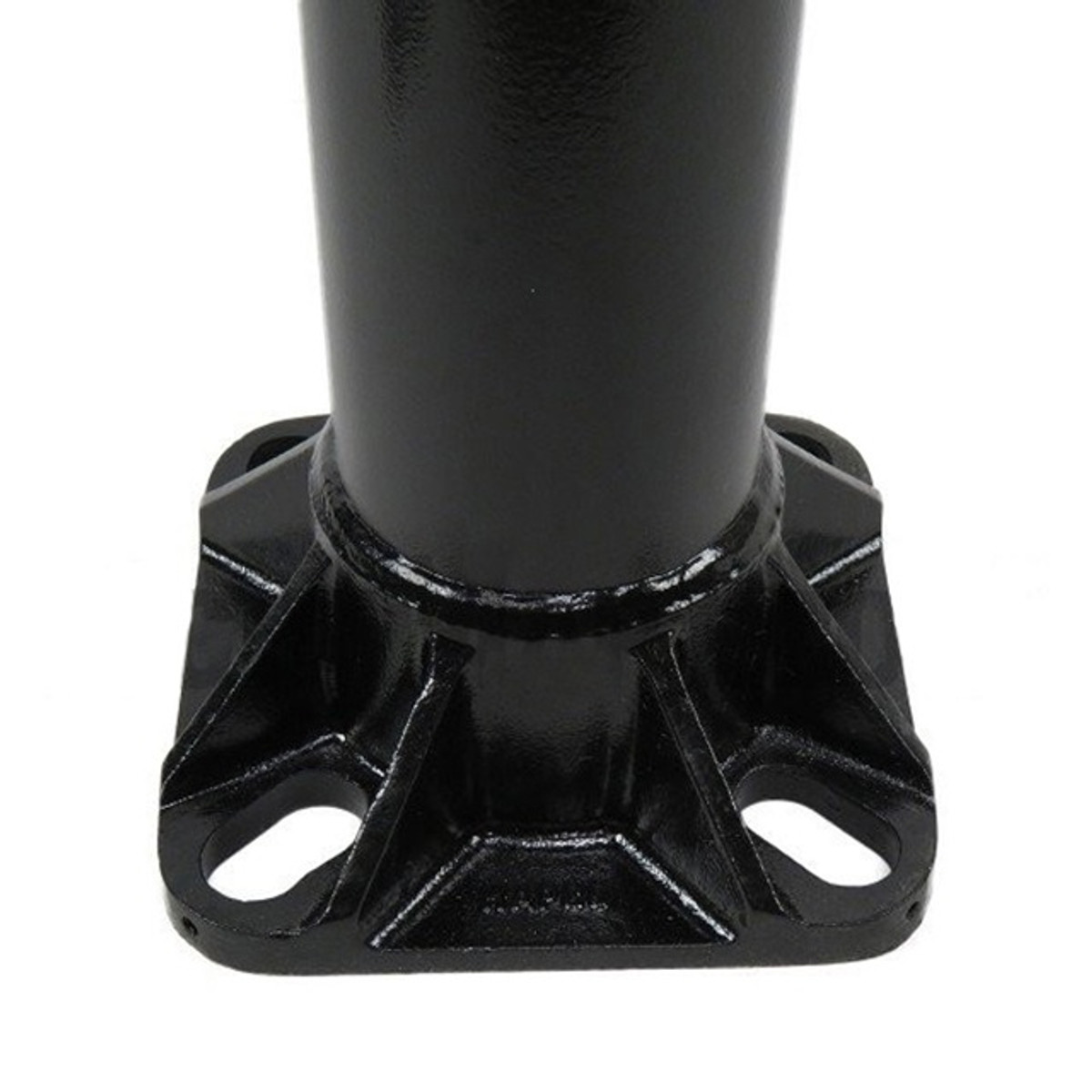Like all things, light poles do not last forever. Over time, they will experience structural degradation due to weather conditions as well as scratches, impacts, and rust/corrosion. You’ll want to replace them before they fail to stay upright which can cause serious safety concerns.
Generally, the time spent between ordering replacement light poles and receiving them at a project site can take months. This is because light poles are usually made to order, and the manufacturing process takes time to complete. On top of that, there are shipping considerations. Light poles are large and awkwardly shaped, which means that standard carriers such as FedEx and UPS are not equipped to handle this type of product.
Here at LightMart, we have a solution to this long lead time with our selection of quick-ship light poles. We have the largest inventory of in-stock light poles that are ready to ship.
Signs It’s Time to Replace Your Light Poles
Age and Wear
What is the typical life expectancy of a light pole?
This will depend on the material of the pole. Steel poles will last between 15 and 30 years. Fiberglass poles will last around 30 to 40 years. The longest-lasting poles are made from aluminum. Their typical lifespan is 50+ years.
Visible Damage
Cracks
Stress points on a light pole can cause cracks when pushed to their limit. These areas include:
- Base plates for anchor base poles
- Brackets and arms used to mount fixtures, etc.
- Hand hole
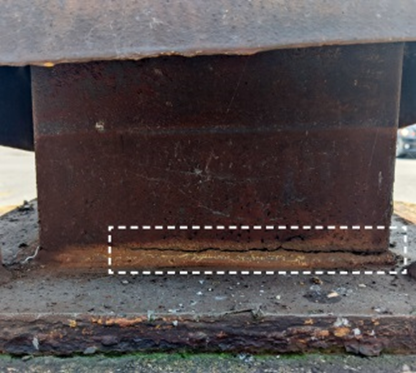
Cracked Base Plate
Cracks can be caused by:
- Wind
- Temperature changes
- Vibration
- External impacts
Rust/Corrosion
Rust and corrosion can be caused by:
- Moisture from rain, snow, and condensation
- Caustic elements such as sea spray, methane, and acidic environments
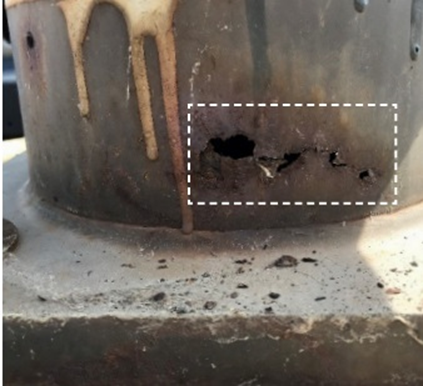
Corroded Light Pole
Scratches/Dents
Scratches and dents are caused by external impacts. If left untreated, they can expose the pole to the elements which reduces its lifespan.
Damage Inside the Pole
Corrosion can cause a decrease in a pole’s wall thickness. Ultrasonic testing, using an ultrasonic thickness gauge can determine the remaining wall thickness.
Safety Concerns
If a light pole’s structural integrity has been compromised, there will be an increased hazard to pedestrians, vehicles, and surrounding structures.
Technological Upgrades
Replacing old light poles with newer, more advanced types of poles is recommended.
- Galvanized steel poles can better withstand rust/corrosion than non-galvanized poles. This applies to both the inside and outside of the pole.
- Fiberglass and aluminum light poles have a longer lifespan than steel light poles. They are also lighter and easier to install.
The Cost of Light Pole Replacement
How much does it cost to replace a light pole?
There are many factors involved in determining the cost of a light pole.
Material
Fiberglass and aluminum light poles are more expensive than steel poles but since they have a longer lifespan, they will not need to be replaced as often.
Pole Height
Obviously, taller light poles will cost more than shorter ones.
Pole Design
Additional cost considerations for light poles include the addition of components. These include:
- Fixture mounting brackets
- Base covers
- Vibration dampers
Installation
Light pole installation costs will depend on the method of installation. The two types of installation are direct burial and anchor base.
Anchor base poles require additional components compared to direct burial poles. These include anchor bolts and nuts used to secure the pole to a concrete foundation.
Direct burial light poles are easier to install than anchor base poles upon initial installation, but they require more time and labor when existing installations are replaced. You’ll need to dig out the old pole and then refill around the new one when it is installed.
Anchor base light poles require the construction of their associated concrete foundations during initial installation but once the foundation is in place, it’s easier to replace the old poles if the foundations are in good condition.
However, if you are replacing anchor base poles, you’ll need to make sure that your new poles will match up properly with your existing foundations. You’ll want to know the measurements of the following areas:
- Bolt circle
- Bolt square
- Anchor bolt projection
- Anchor bolt diameter
Here at LightMart, we want to ensure that your replacement poles will work with your existing foundations. One way to do this is to fill out an existing foundation verification and send it to us. An example is shown below.
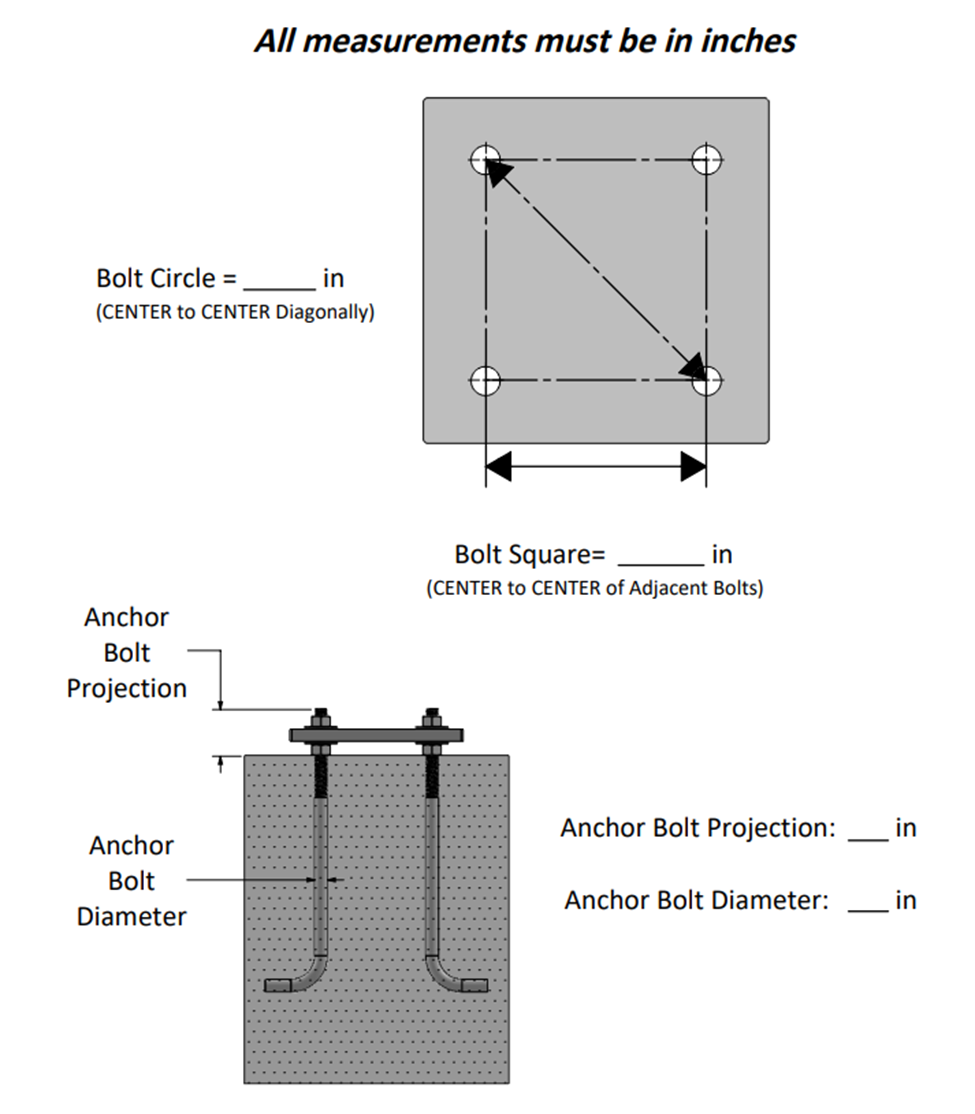
Existing Foundation Anchorage Verification Form
More information about selecting a compatible light pole for existing foundations can be found here.
For more information about light pole installation, see our article here.
The Quick-Ship Solution
What are Quick-Ship Light Poles?
Quick-Ship Light Poles are poles that are in stock and ready to ship. Rather than wait for made-to-order light poles to be manufactured, you can cut down on long lead times by ordering in-stock poles that can be shipped to your project site and save time.
Light poles that are kept in inventory are typically the more common types. This means that there are fewer customized options but much less lead time.
How To Replace Outdoor Light Poles – The Replacement Process
Assessment
It’s important to inspect your existing light pole inventory to determine their condition. It’s helpful to know the age of the poles and assess the level of cracks, dents, rust, and corrosion that they have.
See our article on Light Pole Maintenance for more information about pole inspection.
Selection
When selecting your new light poles, we recommend that you contact us so that you can receive expert advice. Our experienced staff can help you find the right light poles for your application.
Before you begin the process of planning your project, you’ll want to have the following information:
- The location of your project. This is important in determining the environmental conditions of your geographical location. For example, windy areas, such as on the coast or in the mountains will require that the poles can safely withstand the conditions.
- The application of your project. Will the poles be installed in a parking lot? A roadway? A car dealership? A baseball field? Knowing this information will help to determine the height and spacing of your light poles.
- What types of light fixtures will you be using? Proper light coverage for your application will be an important factor. (We also supply these.) For example, the height and spacing of your light poles will affect the light distribution of your fixtures. If they are mounted too high, their light output will not be sufficient to reach the ground at the level you desire. If they are mounted too low, the light will be too concentrated. As far as spacing is concerned, if the light poles are spaced too far apart, there will be gaps in the lighting.
All of this information is needed to produce an effective lighting plan. We can help with that, too!
Installation
There are essentially two types of light pole installations: direct burial and anchor base.
Direct burial light poles are embedded into the ground. When determining the proper height of the pole for this installation, understand that part of it will be below grade. You’ll need to know how much of the pole will be above grade.
Anchor base light poles are fastened to a concrete foundation with anchor bolts and nuts. You’ll typically find these types of poles in parking lots, among other places. You’ll need to have the foundations cured and ready before installation.
LightMart’s Quick-Ship Offerings
LightMart has a great selection of high-quality and durable Quick-Shiplight poles. Select from:
- Steel, aluminum, and fiberglass materials.
- Direct burial or anchor base installation types.
- Round, round tapered, and square shapes.
- 7- or 11-gauge thickness options for steel poles.
- Various wall thicknesses for aluminum and fiberglass poles.
- Pole height ranges from 8 to 30 feet.
- Bronze and black color options.
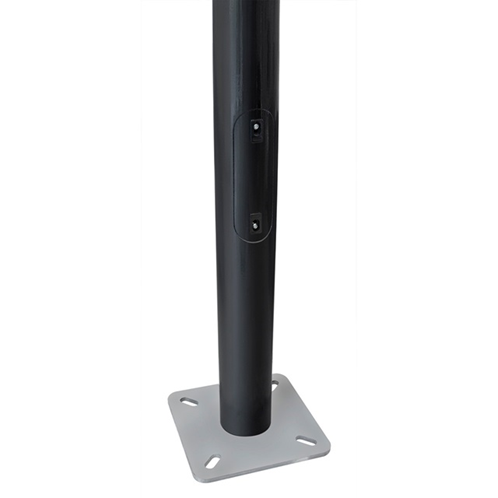
Anchor Base Fiberglass Light Pole
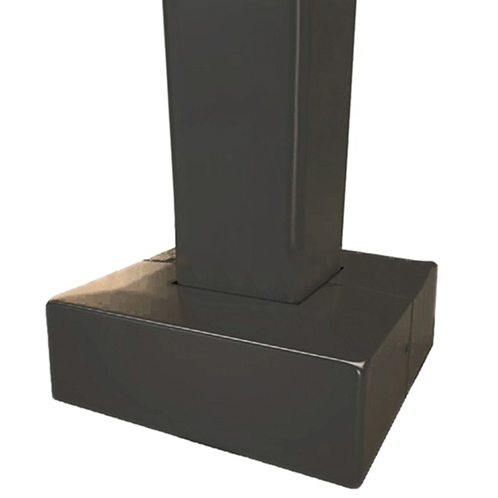
Anchor Base Square Steel Light Pole w/ Base Cover
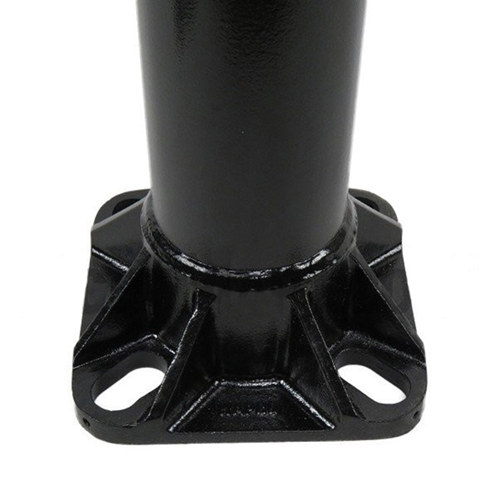
Anchor Base Round Aluminum Light Pole
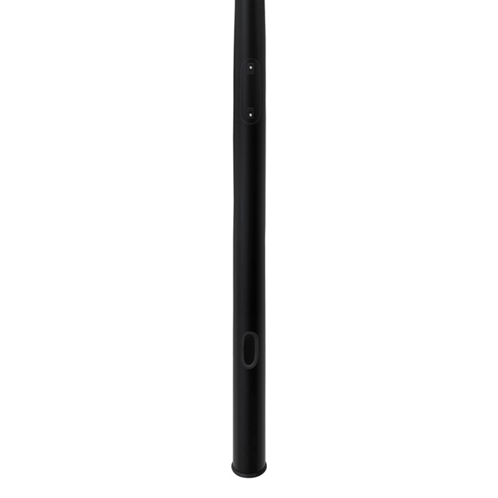
Direct Burial Round Tapered Fiberglass Light Pole
David DeWald is the E-Commerce Marketing Specialist at LightMart. He has been working in the industrial and commercial lighting industry since 2013 and is based in the greater Chicago area. David specializes in digital product management, web content writing, and product marketing. He regularly publishes lighting industry-related articles on the LightMart blog. You can visit his LinkedIn profile here.
